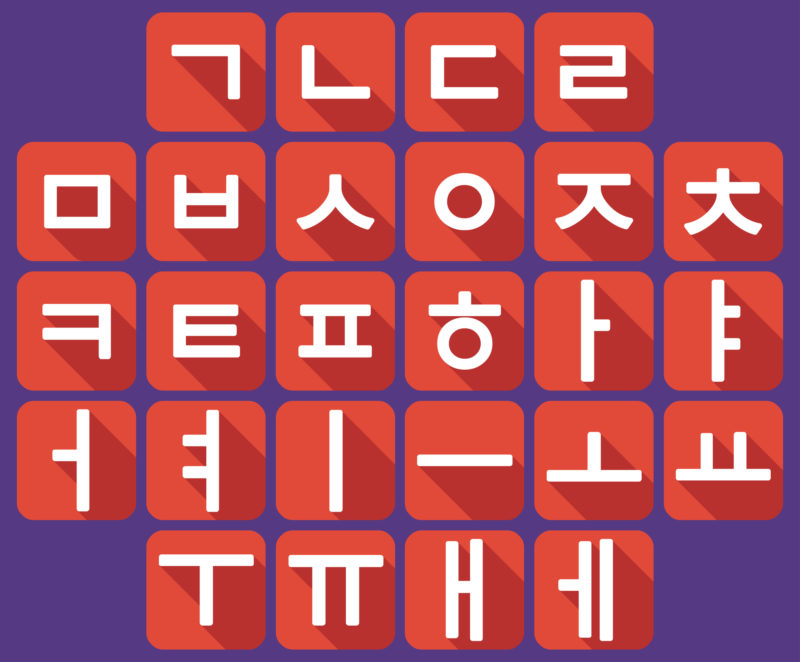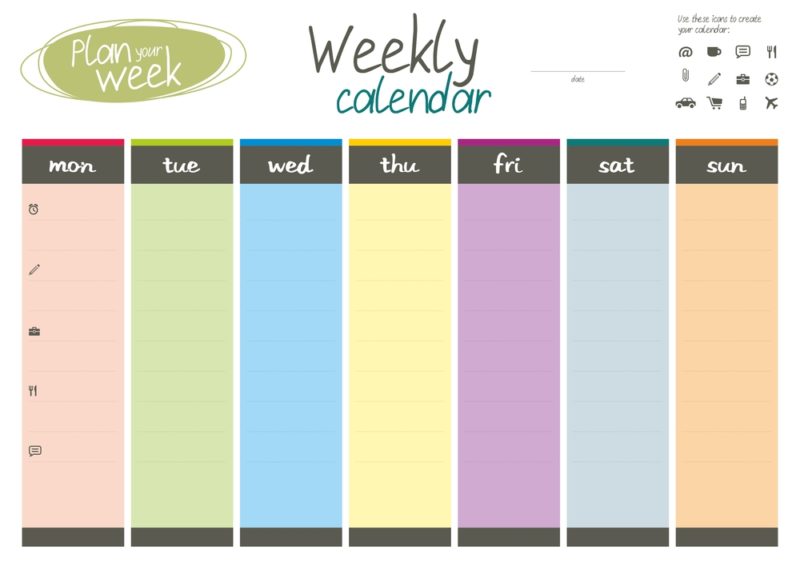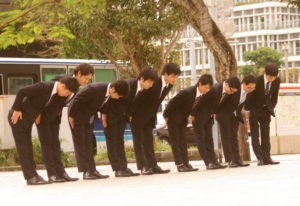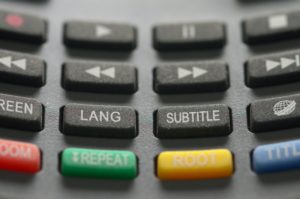Learning Korean isn’t hard at all. Just like with any language, you can most definitely master it with the right resources. And it won’t even take that long to achieve fluency. But, you need a good strategy before you dive into a Korean language program. Here are the 10 best ways you can learn Korean, and reach fluency in record time.
Why You Should Learn Korean
Whether you’re a Kpop fan, a Korean drama binger, or an avid traveler, learning Korean will benefit you immensely. Not only is Korean the 13th most spoken language with 77 million speakers, but South Korea’s economy is also the 11th largest in the world. So, it’s easy to reap the benefits of being bilingual. And with these tips and advice, you can quickly discover the best ways to learn the language.
1. Start with Small Steps
When you’re learning any language, you may get overwhelmed. You won’t be able to hold a 20-minute conversation in a week. And you’ll become discouraged if you set your sights too high.
A better way is to take your language learning in bite sizes. Make a habit out of studying something Korean every day. You only need 15 minutes. You’ll find that learning in smaller bits is better than choosing one day of the week and trying to study for two or three hours.
Another benefit of shorter study sessions, you’ll continue to build on your knowledge daily. And that’ll help you learn faster in the long run.
2. Learn Hangul First
One thing that you may find intimidating about Korean is the reading and writing system, called Hangul. But don’t worry, learning Hangul is very easy. You can master the Korean writing system in 20 minutes. And knowing how to read in your target language will give you a great head start on fluency.
Hangul has 24 “letters” which include 14 consonants and 10 vowels. Hangul consonant shapes are based on the shapes that our mouth forms when we speak. The vowels are made up of horizontal and vertical lines.

3. Build Your Korean Vocabulary
If you start small when building your vocabulary, you’ll be surprised at how quickly you’ll build up. Do you remember learning your native language? Probably not, but you had to learn all of the words you know at some point. And it didn’t happen all at once.
When you’re studying a second language, however, you may find yourself bored with learning random vocabulary that you don’t see yourself using anytime soon.
Start with learning words you know are relevant to your life. This includes numbers, days of the week, and basic conversational phrases like introducing yourself.
Once you’ve mastered those, move into vocabulary that you find interesting. Do you like food? Start learning the names of different food ingredients and dishes. Do you see yourself learning Korean to teach one day? Learn vocabulary relevant to the education industry.
Some language learners have found it helpful to label items around their house with words in their target language. For example, write the Korean word for “table” and post it on your dining room table. You’ll find yourself learning vocabulary without actually studying.
If you’re going to use this strategy, BEWARE. You need to focus on the notes you have (read and speak them aloud) and not ignore them. It’s tedious but helpful with the right approach.
4. Discover “Konglish” and Loanwords
Many languages borrow words from English. In Korean’s case, think of these words as “Konglish” or Korean + English. Starting with Konglish and loanwords will build your vocabulary and your confidence. Often, the meanings of loanwords words are the same in English. Konglish words sound similar but could have different meanings.
Let’s compare the two. The loanword 초콜릿 (chokollit) has the same meaning and sound in English, chocolate. On the other hand, the Konglish word 나이트 (naiteu) sounds like “night” in English. But it can also mean “nightclub” in Korean. See the charts below for some more examples.
Loanwords
English |
Korean |
Cup |
컵 (keop) |
Chocolate |
초콜릿 (chokollit) |
Vitamin |
비타민 (bitamin) |
Sandwich |
샌드위치 (saendeuwichi) |
Konglish Words
Korean |
English |
아파트 (apateu) |
apartment |
싸인 (ssain) |
signature |
나이트 클럽 (naiteu club) |
night club |
5. Be Consistent with Your Korean Lessons
One of the best ways to learn Korean is to be consistent. Create a study schedule and stick with it. You’ll find that having a routine will help you build a habit. The best way to learn to Korean is the way that works best for you. If you’re the studious type, you may enjoy hitting the books in the traditional way.
If you’re more of a free spirit, you’ll find lots of other ways to immerse yourself in Korean without feeling tied down. Whatever your reasons or methods for learning Korean, you’ll find knowing another language rewarding in many different ways.

6. Use Social Media to Expand Your Lessons
A great thing about the internet is that it connects you with people all over the world. Question and answer websites like Reddit and Quora allow you to ask fellow users about any topic you can think of.
You’re not the first person to start learning Korean, or any foreign language for that matter. Put out the word that you’re learning on social media and ask for tips. You’ll learn things you never even thought of and may even find a language partner.
If you have a specific question, search through the topic first. Someone may have already asked. (And people on Reddit have no issues with reminding you of that). For general language learning tips, search out polyglot bloggers. They’ve written lots of information on how to approach language learning that you’ll find helpful in your Korean journey.
7. Immerse Yourself in Korean
Any language learner who’s traveled abroad will tell you that the best way to learn a language is to surround yourself with it. But what about those of us who can’t travel? You can still enjoy language immersion. The internet connects us to the world.
You can study Korean without sitting down in front of lots of thick textbooks. When you start learning Korean, immerse yourself by replacing your native language with Korean on everyday items you use. Try changing your phone or computer settings to Korean. You use these items every day and you already have an idea of where everything should be. By changing your wording to Korean, you’ll get used to seeing Korean writing and it will help you build more vocabulary.
Another fun technique is to find a language learning app and create virtual flashcards and quizzes to build your Korean skills on your downtime.
8. Make Studying Enjoyable
While you do need to study grammar and vocabulary to gain fluency, it shouldn’t dominate your entire study time. Mix things that you find enjoyable. Think about the entertainment you enjoy in your native language. Do you like magazines or graphic novels? Discover something similar.
You’ll also find that watching K-dramas and listening to Korean music will help you as well. Even if you’re not excited about K-pop, Korean music goes beyond that. Korean television shows include crime dramas, comedies, and variety shows. You’re bound to find something you love.
Look for Korean audiobooks and/or podcasts and put them on while you clean the house or work out. Go online to language learning websites and chat with native Korean speakers.
The key is to make it enjoyable. Take your studying time beyond the books and make it fun. You’ll discover that passive listening makes the language sound more familiar to you. Combine it with learning vocabulary and grammar and you’ll quickly start to recognize more Korean words.

9. Don’t Let Mistakes Discourage You
Every language learner makes mistakes. You’ll be no exception. The best thing you can do is not to take yourself too seriously. Even if you make mistakes, native Korean speakers will appreciate your efforts and help you.
Keep yourself motivated by celebrating each time you reach a goal. Keep a record of your learning activities to you’ll see how far you’ve come.
10. Combine the Best Ways to Learn Korean
All of the above strategies are great to help you learn Korean faster. Completing each step will get you closer to your goal of reaching fluency in a new language. But, there’s no need to worry if you struggle to combine all of them. Luckily, there’s an app that makes it even easier for you to learn Korean: OptiLingo
OptiLingo helps you reach fluency in Korean faster by focusing on the highest frequency words and phrases. And because it gets you speaking from the first less, you’ll rapidly learn how to start SPEAKING like a local in just a few lessons. Discover for yourself how effective OptiLingo is. Try FREE today!







